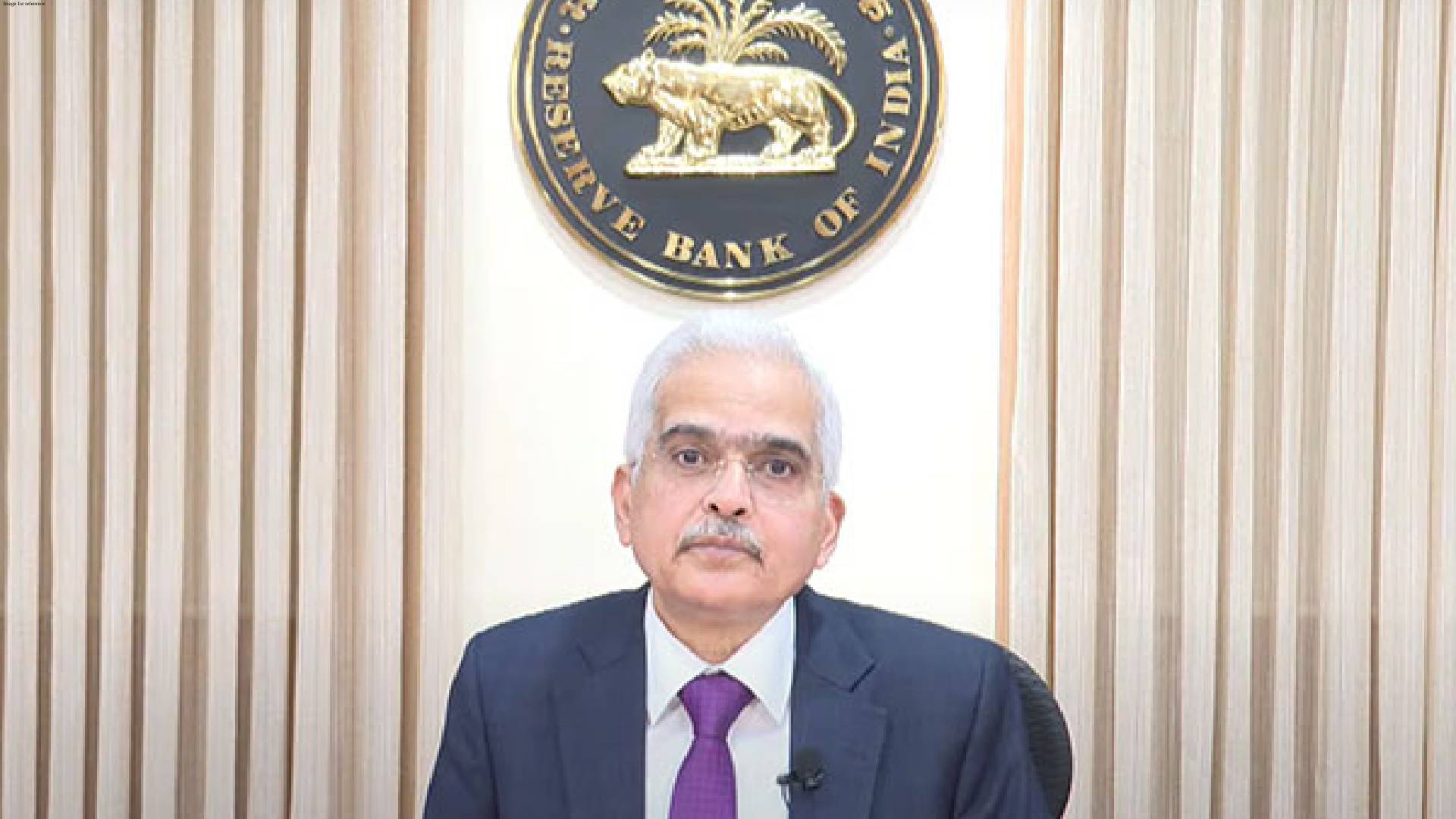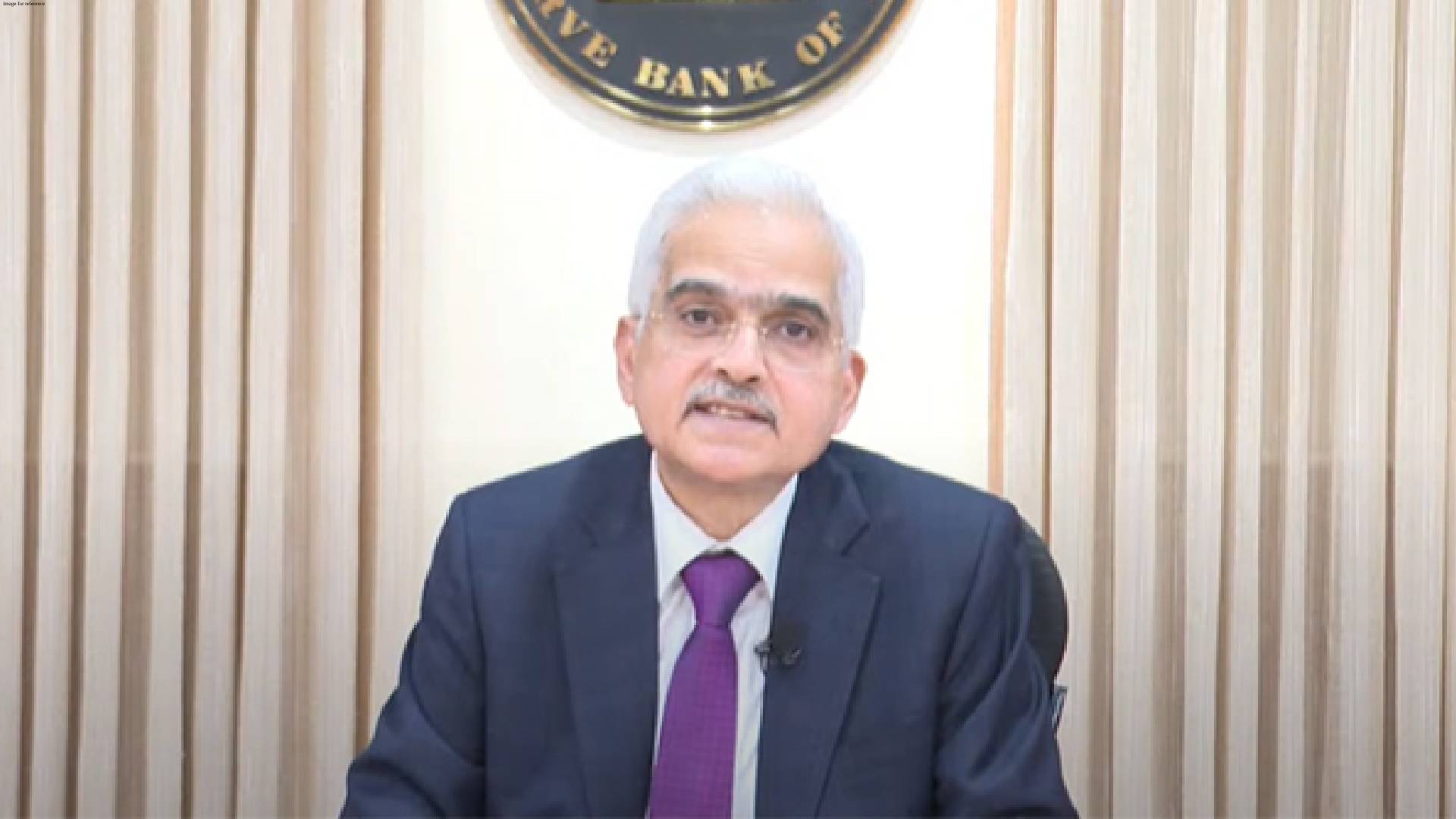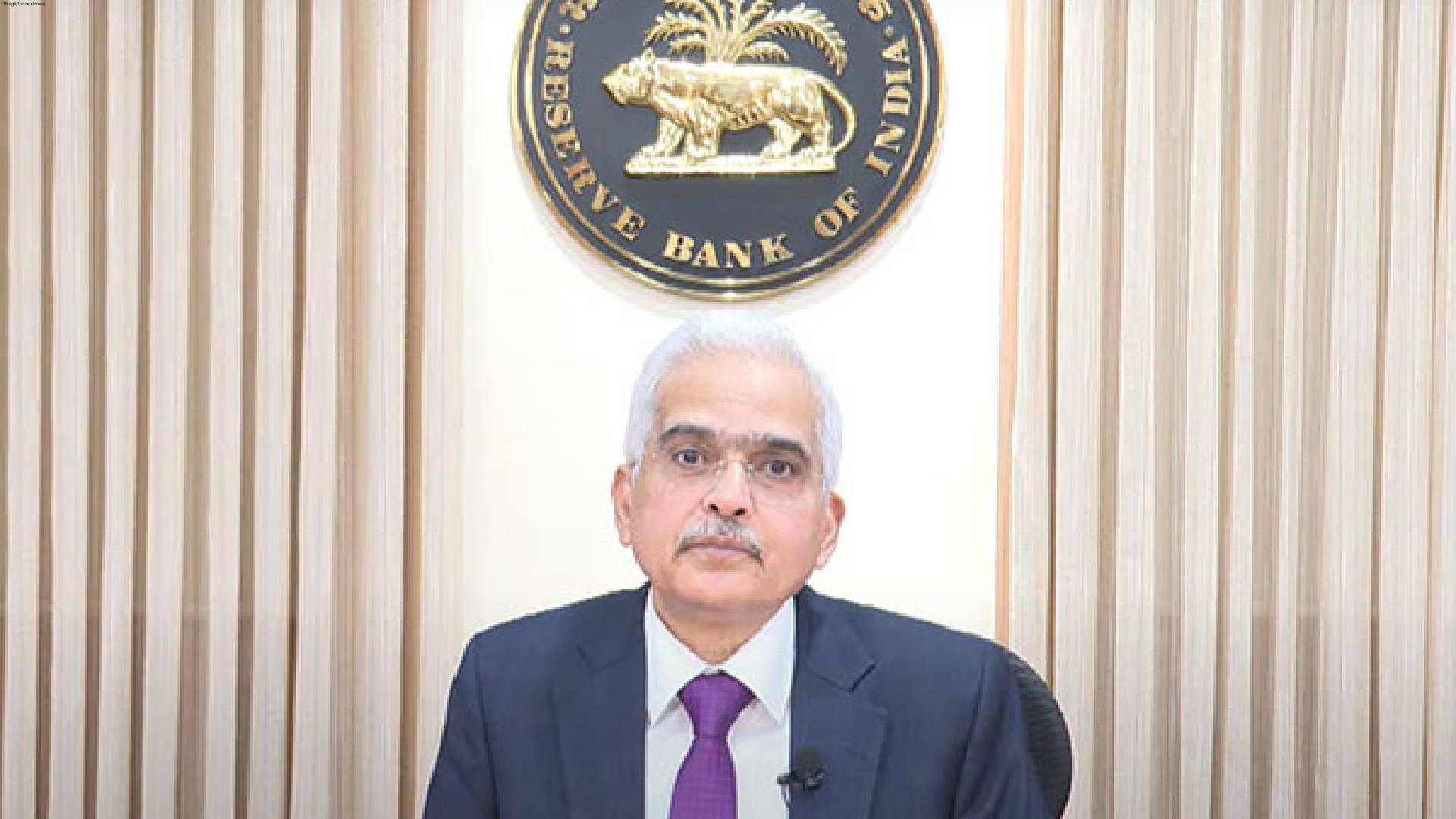Ways To Prepare For Financial Emergencies To Minimize Financial Burden
.png)
It is hard to predict how life can surprise us. With the looming recession and sudden layoffs of employees across the globe, it is visible that having a financial emergency fund is a must. Financial emergencies can arrive in the form of a salary cut, losing a job and an unexpected debt or even a failure of an electronic device. All these scenarios create a financial burden. Thankfully, you can ensure that it is taken care of with an emergency fund.
The Importance Of Emergency Fund
Emergency funds can also be referred to as emergency savings. It is helpful to meet unexpected emergencies and expenses. It ensures you can rely on something other than credit cards or take any loan. For example, if your car breaks off unexpectedly, you can use the emergency fund to take care of the sudden expense instead of maxing out your credit card. Therefore, you can assume an emergency fund as insurance for emergency needs. Emergency funds are handy for emergencies like car breaks, home fixation, and sudden flight tickets.
There is a difference between an emergency fund and a sinking fund. The emergency fund is the fund you save to meet unexpected life circumstances. On the other hand, a sinking fund is the money kept aside to meet the planned life events like regular car maintenance, subscription to PUBG Mobile Lite or a planned vacation.
The Right Amount For Emergency Savings
According to many financial experts, it is recommended to have emergency savings equivalent to three to six months of essential living expenses. The living expenses references refer to the basic costs, including food, housing, browsing on UC Browser and transportation expenses. The goal of the emergency fund is to ensure that you can meet the must-haves instead of the nice-to-have items. A good amount of emergency funds should be sufficient for basic needs without taking on any debt. Consider setting aside three to six months of emergency savings to stay on the safer side. The emergency fund amount depends on different factors, like your income, the cost of living and your relationship status and the number of dependents on you. Therefore, there is no right fixed amount of emergency savings. However, at the same time, it should be able to meet your basic needs for at least six months.
How To Prepare an Emergency Fund?
If your income is low, filling up the emergency fund might look unattainable or a lot. However, by contributing a tiny amount every month towards emergency funds, you can ensure that you are eventually able to meet your emergency fund goals without compromising your lifestyle. You can start planning for your monetary fund by figuring out how much you need to invest each month. To prepare for it, you must properly budget and manage your expenses. Cutting your costs is the key to making room for your financial emergency. After figuring out your expenses, you need to multiply the expense amount by six to get a rough idea of the emergency fund you need.
Also, instead of focusing on the long-term emergency fund goal, break down the financial goal into short-term achievable goals. For instance, you can focus on the money that needs to be saved in the current month instead of the next 12 months. Saving is of utmost importance to meet any financial goal, including building an emergency fund. Also, consider automating your finances to prevent impulsive shopping or the temptation to save money. When you automate your finances, your money gets deposited, or the bills are paid automatically. You can further make minor additional contributions to the emergency fund by investing in the refunds and the bonuses that you receive in the emergency fund.
Where To Keep The Emergency Funds?
Emergency funds should be accessible. It should be kept in a manner that the wait time to lay your hands on the emergency fund is almost negligible. Therefore, your savings account is the best place to save your emergency fund. We recommend you have two savings accounts, one for the emergency fund and the other for the general monthly expenses, to avoid any accidental spending from the emergency fund. Even though building an emergency fund might look overwhelming, it is critical to take the first step towards it.


.png)

.png)





.png)


.jpg)
.jpg)
.jpg)
.jpg)
.png)
.jpg)
.jpg)
.jpg)
